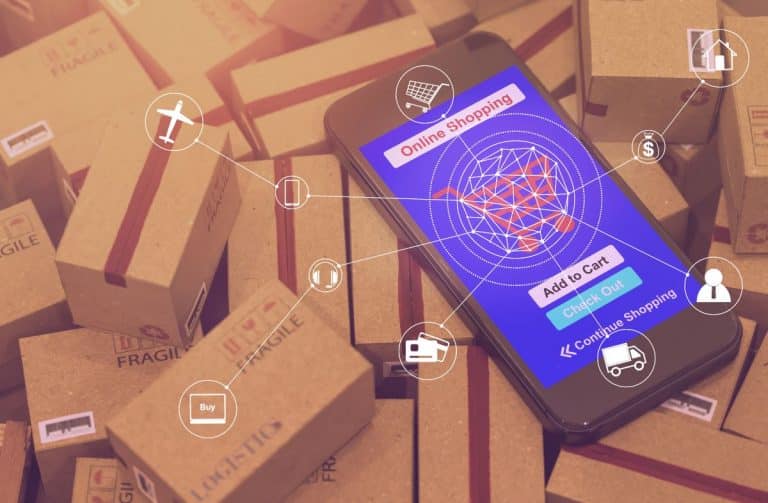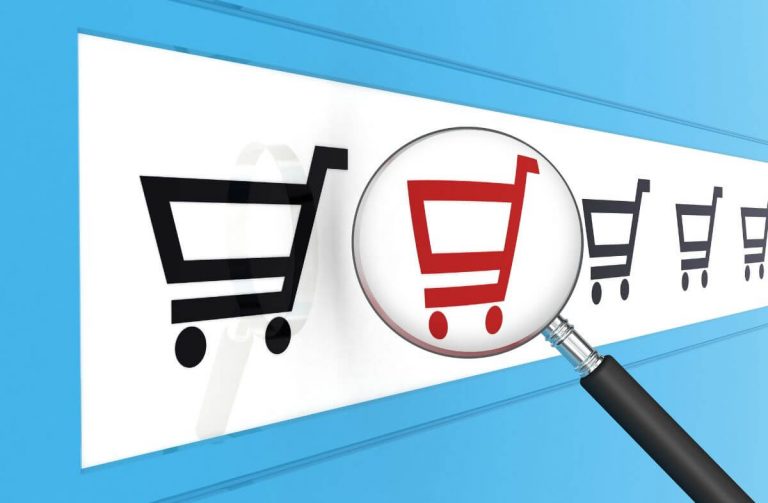UPC codes, or Universal Product Codes, are used by retailers to identify products for sale and to facilitate the checkout process. UPC codes are found on almost all merchandise in stores, and are usually printed on the product packaging. UPC codes are essential for efficient inventory management, product tracking, and sales tracking. UPC codes are ubiquitous in modern commerce, serving as a means of identifying products and making transactions easier. This guide will explain what UPC codes are, how they are used, and the different types of UPC codes available.
What is a UPC Code?
A UPC code is a barcode consisting of 12 digits used to identify a product. UPC codes are a series of numbers that are printed on the packaging of a product. The numbers are composed of two parts: the first part is a unique number that identifies the manufacturer of the product, while the second part is a unique number that identifies the specific product.
The UPC code was created in the 1970s by the Uniform Code Council, a standards organization that sets industry-wide standards for the retail industry. The universal product code is now used by retailers around the world to track and identify products, because it is a standardized method of identifying products, allowing for easier inventory management, price tracking, and supply chain management.
UPC codes are used for a variety of purposes, including inventory control, pricing, and product identification. UPC codes are a valuable tool for retailers, as they allow them to track product information, inventory levels, and even pricing. UPC codes are also used to identify products for online shopping, as well as for promotional and marketing purposes.
How are UPC codes created?
UPC codes are assigned by GS1, a non-profit organization responsible for maintaining global standards for product identification. The first six digits of a UPC code represent the manufacturer, while the next five digits represent the product itself. The final digit is a check digit used to ensure the code is accurate.
UPCs are created by a process called “assigning” that assigns a unique number to each product. This number is then encoded into a barcode that can be scanned at the checkout. The process of assigning UPCs begins with a company applying for a UPC from a UPC registry. The registry will then assign a unique 12-digit number to the product.
The first six digits of the UPC are the manufacturer’s identification number (MID). The MID is a unique code assigned to the company by the registry and is used to identify the company and its products. The next five digits are the product code, which is used to identify the specific item in the company’s product line. The last digit is a check digit, which is used to verify the accuracy of the other 11 digits.
UPC codes are used to identify products for sale. When a customer purchases a product, the UPC code is scanned at the checkout. The information from the UPC code is then sent to the retailer’s inventory system, which is used to track inventory and sales. The UPC code is also used to track sales. When a customer purchases a product, the UPC code is scanned at the checkout, and the information is sent to the retailer’s sales system. This helps the retailer track product sales, identify customer preferences, and adjust inventory levels accordingly.
Types of UPC Codes
There are several types of UPC codes available:
12-digit UPC Code
The most common type is the 12-digit UPC code – UPC-A and UPC-E. UPC-A codes are the standard 12-digit codes used for most products.
This type of code is used to identify products in most retail stores, It is used to identify individual products and is the most widely used UPC code in retail stores. The 12-digit UPC code consists of a manufacturer’s identification number, a product number, and a check digit. The check digit is used to ensure accuracy when scanning the UPC code.
8-digit UPC code
The 8-digit UPC code is used to identify a group of products. This type of UPC code is used in retail stores to identify products that are part of a set or bundle. For example, a bundle of DVDs may have an 8-digit UPC code that identifies the bundle as a whole, rather than individual DVDs.
UPC-E codes are a shortened version of UPC-A codes, used for smaller items that don’t have enough space for a full 12-digit code, the 8-digit UPC code is used for smaller items, such as office supplies or accessories.
Other UPC codes
The 7-digit UPC code is used to identify a product, but it is not as detailed as the 12-digit UPC code. This type of UPC code is used to identify items such as food, office supplies, and other general merchandise. The 13-digit UPC code is used for larger items, such as furniture or appliances.
In addition to the primary types of UPC codes, there are other types of UPC codes that are used in the retail industry. These codes are used to identify and track products that are not typically found in retail stores. For example, there are UPC codes for automotive parts, medical supplies, and even consumer electronics.
Benefits of using UPC codes
UPC codes offer several benefits to both manufacturers and retailers. For manufacturers, look up a UPC code allow for easier tracking of inventory and sales data. They also make it easier to manage the supply chain by ensuring that the right products are being shipped to the right locations.
For retailers, UPC codes allow for easier tracking of sales and inventory, making it easier to restock popular items and manage inventory levels. They also make it easier to manage pricing, as the code can be scanned at the point of sale to automatically update the price.
UPC codes also make it easier for customers to identify products. By scanning the UPC code, customers can quickly and easily find out information about the product, such as the price, availability, and reviews.
Using UPC codes for e-commerce
UPC codes are essential for e-commerce, as they allow for easier tracking of inventory and sales data. They also make it easier to manage pricing, just by lookup upc codes, as the code can be scanned at the point of sale to automatically update the price.
Once the manufacturer has encoded the UPC into a barcode, they must print it on the product. This is usually done by affixing a label to the product, although some companies have begun to print the barcode directly onto the product. The barcode must be clearly visible and should be placed in an area that can be easily scanned, making barcode upc lookup fast.
Once the UPC has been assigned and printed, the manufacturer must register the UPC with the UPC registry. This allows the registry to track the product and ensure that it is properly identified when scanned at the checkout. The registry will also store product information such as name, price, and quantity so that it can be retrieved when needed.
For e-commerce sellers, UPC codes are necessary for listing products on marketplaces such as Amazon and eBay. These marketplaces require UPC codes to ensure that products are correctly identified and tracked.
How Cluster Can Help
Through a partnership with GS1, Cluster is able to identify and validate barcodes, as well as assign recommended GTINs based on a probability score, by using keywords or product descriptions. Book a demo now!




